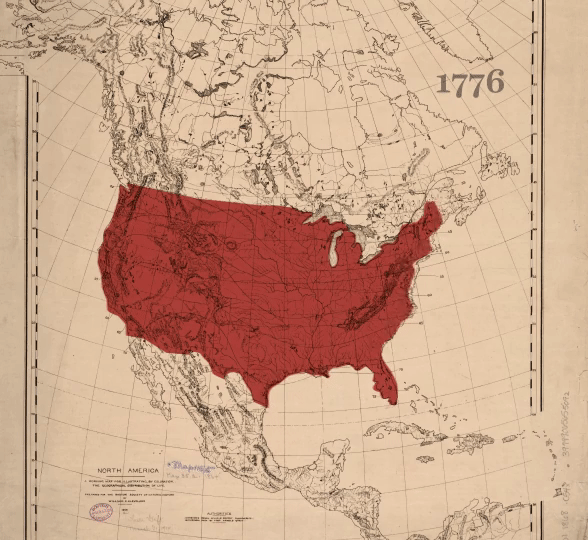
What is Land Justice?
Photo by Laura Platman.
Our concept of land justice is simple.
The people who have been historically disenfranchised should have access to land and the resources, power, and money that comes with it. While many communities– Black, Asian, Pacific Islander, and beyond– also benefit from land justice, this specific project is focused on one facet: land justice for Oregon’s Indigenous people.
The best way to protect and heal the land is through land rematriation. Centuries of living across Oregon’s landscapes have cultivated place-based knowledge that Indigenous people actively use to steward the land and water in benefit of all beings. There is a connection between the health of the land and the revitalization of Indigenous cultures. Land justice works to promote both.
For us, land justice works to:
Reconnect Indigenous people with the land
Revitalize Indigenous cultures and lifeways
Rematriate the land by returning it–and the people–to good health
Land justice is not about charity, but about reciprocity. Land justice is a form of reparations, meant to address many of the ongoing issues that stem from settler colonialism. This work is not done out of pity or guilt, but out of recognition for the contributions, and especially the sacrifices, of Indigenous peoples in order to build this country.
Above all, land justice calls for the decolonization of conservation—returning land to the people and returning people to the land. That way, we can begin shifting from a western approach of “preserving” to an Indigenous approach of being in right relationship with land, water and all of our plant and animal relatives.
A History of Land Loss
All the land in the United States, and that land trusts conserve today, is the ancestral land of hundreds of Indigenous nations, who have existed here since time immemorial.
No matter how uncomfortable it is, we must acknowledge that the United States is rooted in settler colonialism. In order to form this country, it required the assimilation of Indigenous peoples into white society. Policies attempted to remove, displace, and dispossess Indigenous people of their lands and cut off access to their natural and cultural resources necessary for their survival. This is a history of genocide.
The history of Indigenous land loss in this country is a painful one that continues to deeply impact both the oppressed and the oppressor. It is essential for non-Indigenous conservationists to begin the work of understanding the impacts of Indigenous land loss and how this history informs their present day culture.
To learn more about Indigenous land loss in Oregon, visit our resources page.
Conservation’s Role
The conservation community has a responsibility to redefine what conservation does and who it serves. That way, we can ultimately be authentic partners to Indigenous communities who still conserve land under Indigenous value systems.
The conservation movement in the United States has played a role in perpetuating the disconnection of Indigenous people from their homelands. National parks and other lands that are set aside for conservation purposes do so in order to preserve “pristine wilderness.” This idea inherently views human presence and activity as harmful to the landscape.
This myth of pristine wilderness does not take into account that, prior to colonization, Indigenous people shaped and stewarded the landscape for thousands of years. This interconnection between land and people forms the basis for deep traditional ecological knowledge that communities still hold and practice. It also provides a generative impact on creating resilient and healthy ecosystems.
Indigenous land loss on turtle island from 1774-1930
Made by Ranjani Chakraborty. Courtesy of First Light.
Conserved land gain over time from 1869-2020
Made by Mapster. Courtesy of First Light.
Land Justice and Land Trusts
As conservation organizations, land trusts play a part in this continued dispossession of Indigenous people from land. But, they can play an important role in reversing it, too.
Land trusts are now exploring how to integrate land justice into their work. This requires building partnerships with Indigenous communities.
In order to show up as authentic partners, land trusts have a responsibility to:
Acknowledge and respect the true history of Indigenous occupation and their intimate knowledge of, and relationship with, Oregon’s lands for thousands of years prior to colonization
Understand the legacy of Indigenous land dispossession and its impacts, including: the destruction of lifeways, genocide of both people and cultures, intergenerational trauma and Indigenous-identity loss
Understand the role of power and privilege in conservation and how it affects the landscape in Oregon and, in subsequently, the wellbeing of tribes and Indigenous people
Recognize that if conservation aims to be a universal public good, then it must open to other voices, perspectives and definitions of success
Expand the mission of conservation to include rebuilding tribal sovereignty and Indigenous power over land
Create conditions for real collaboration and equitable relationships
Share and cede power in support of Indigenous needs and priorities
Recognize that the best way to heal both people and land is support the practice of Indigenous stewardship values and traditional ecological knowledge


